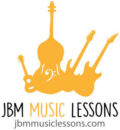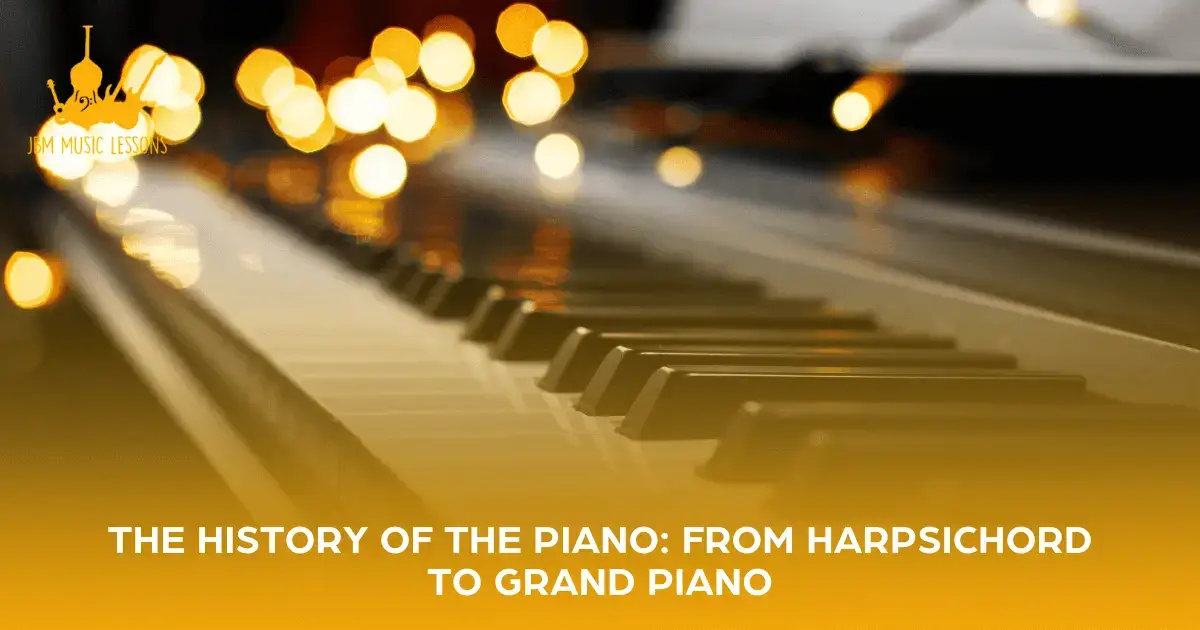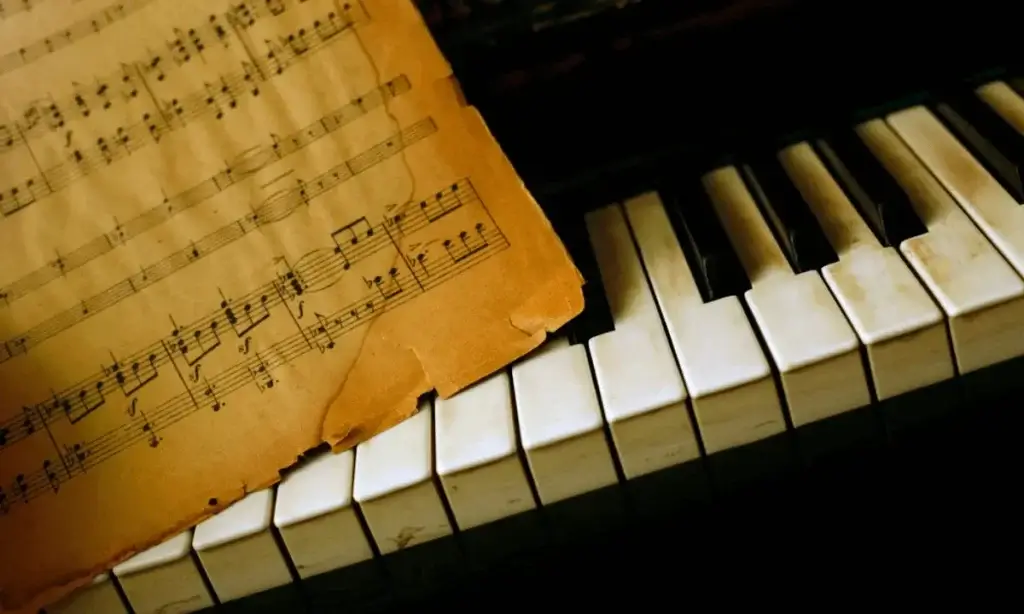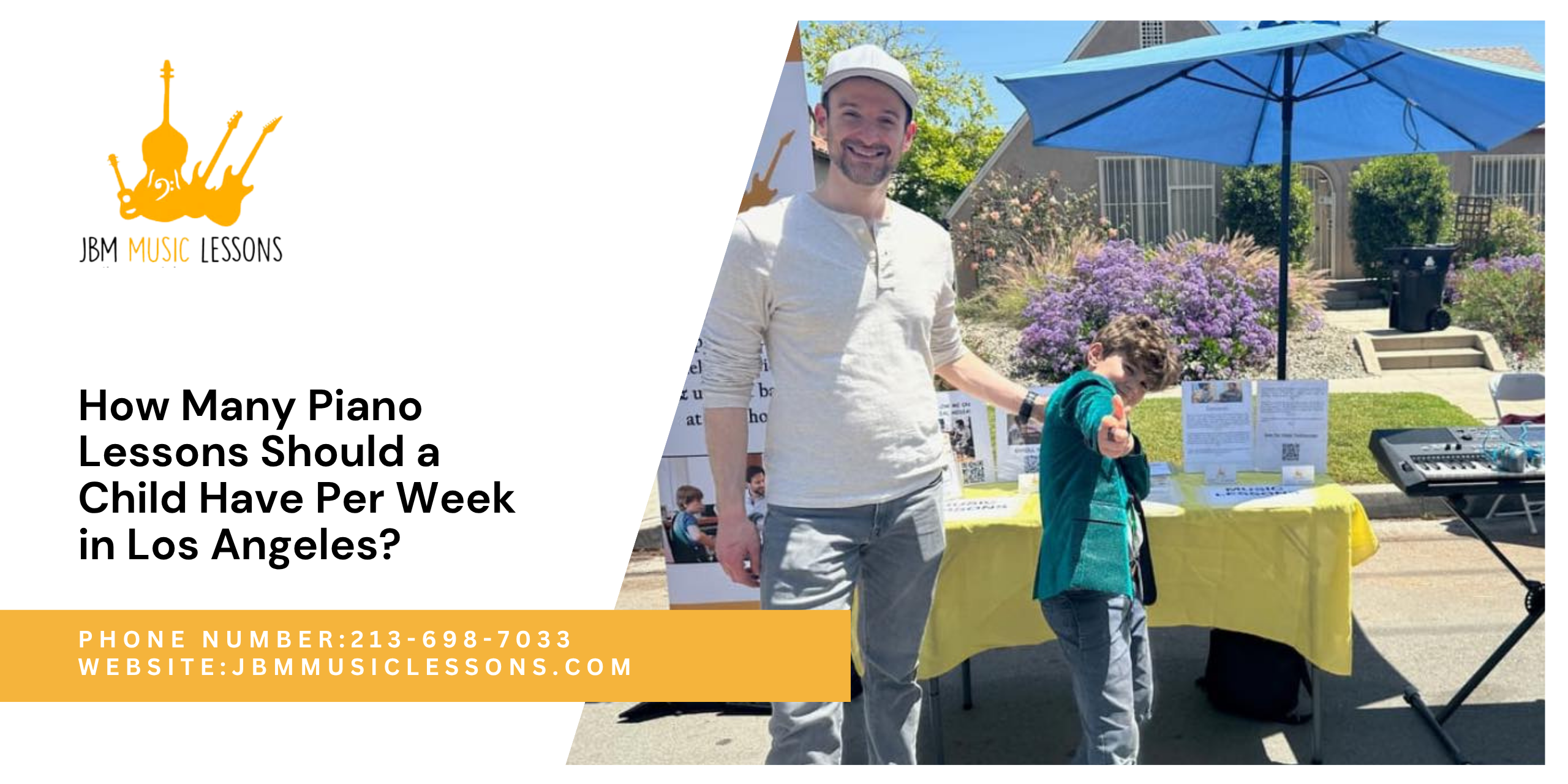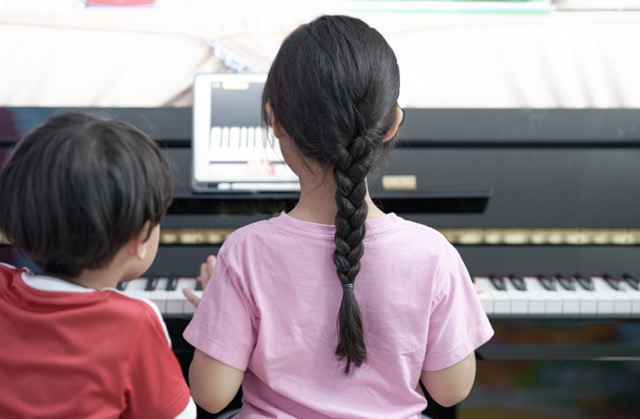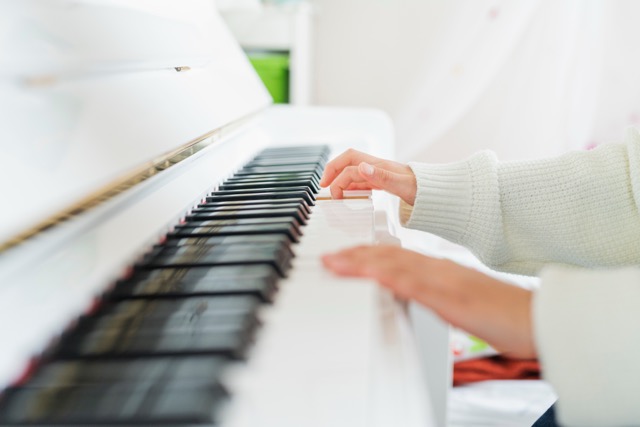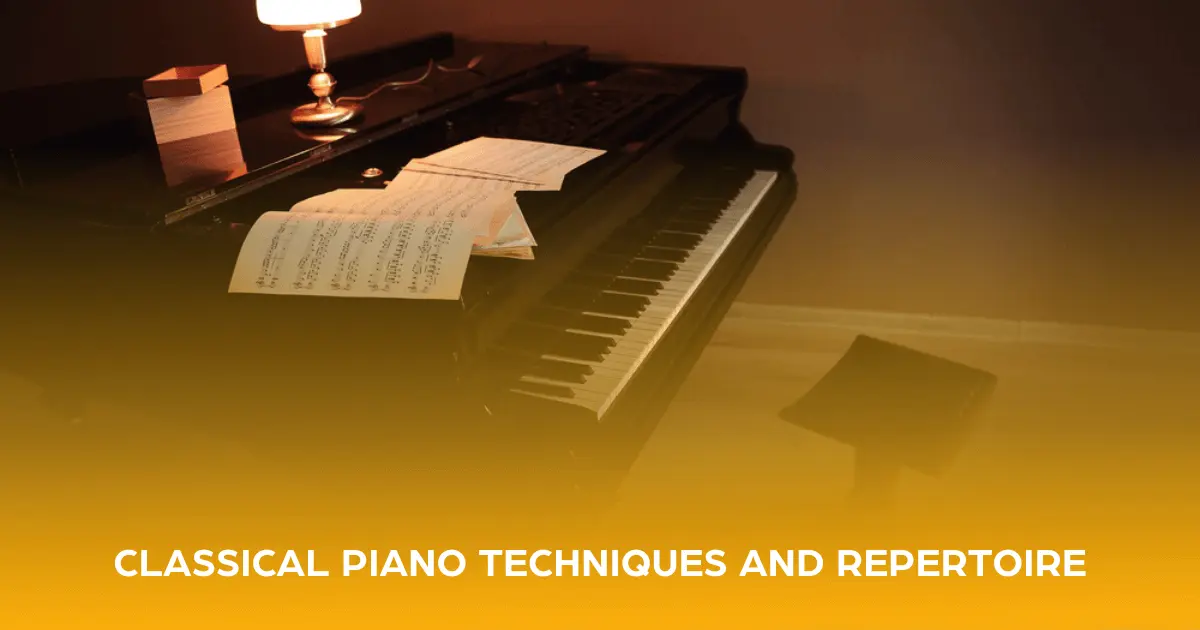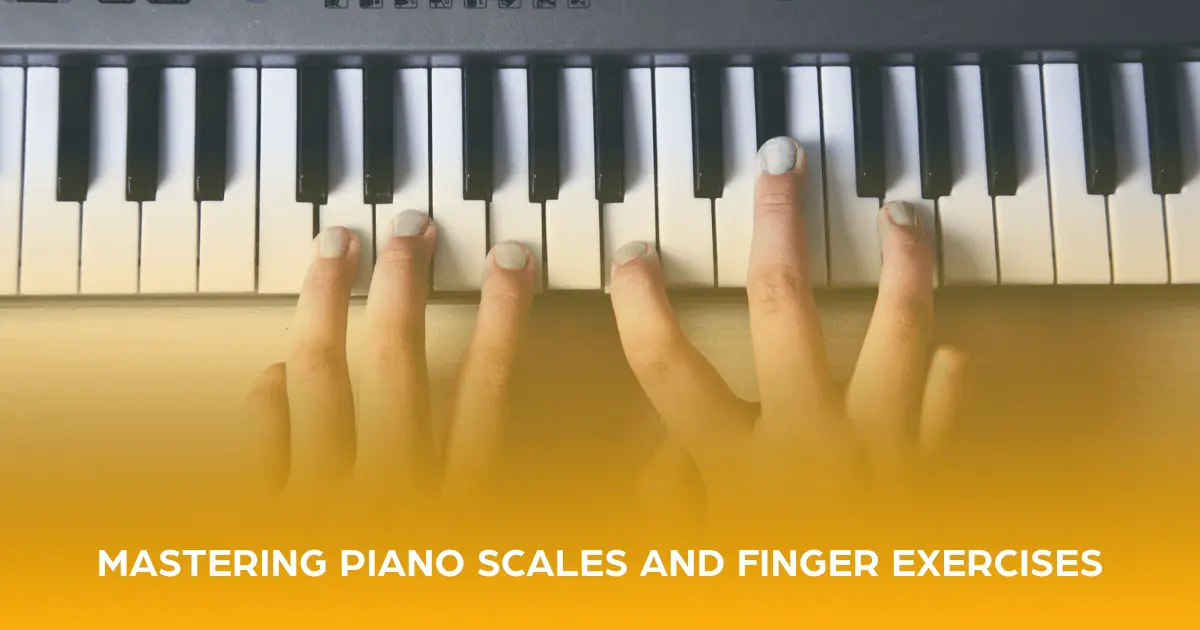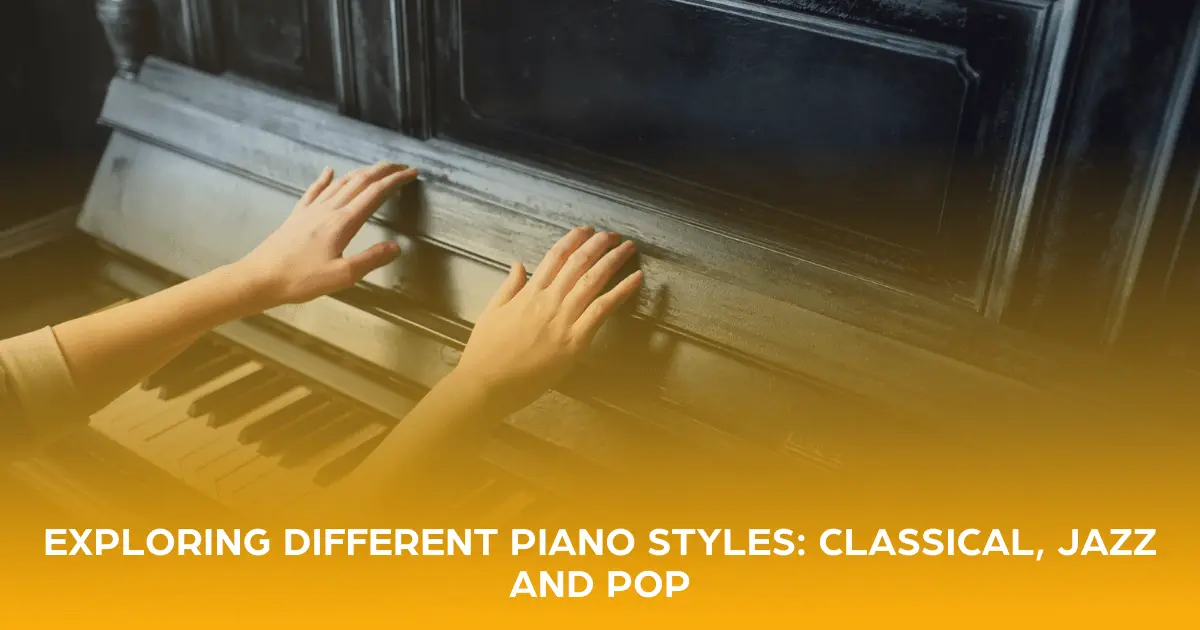The piano is a beautiful instrument that goes back centuries. Over the years, the piano has inspired famous composers, been used in several music genres, and has become a beloved household instrument worldwide. Keep reading to learn more about the piano’s history and how it evolved from the harpsichord of the Middle Ages to the grand piano we know today.
Table of Contents
ToggleWhat is a piano?
A piano is a musical instrument that is played using a keyboard. Although sometimes considered a string instrument because the piano’s sounds come from the vibration of strings, the piano is considered a percussion instrument as it produces sound through mechanical action. The sound is produced by striking strings with hammers controlled by keys on the keyboards. If you’re interested in learning to play this versatile instrument, consider taking piano lessons in Los Angeles, where you can explore its unique sound production techniques under the guidance of skilled instructors.
Early Keyboards
The piano shares its roots with other early keyboards, including:
⦁ The Organ and Hydraulis: The organ and hydraulis date back to the 3rd century BC! The organ uses pressurized air to produce notes through a series of pipes organized in scalelike rows. The hydraulis is an early type of pipe organ using a water pump to produce sound. Pipe organs are still used today in churches, synagogues, schools, concert halls, and other buildings.
⦁ The Monochord and Polychord: Dating back to ancient Greece, the monochord was a simple instrument that used one string, mostly for tuning other instruments. The polychord used multiple strings tuned to different pitches and was commonly used in medieval Europe.
⦁ The Harpsichord: The earliest written record of the harpsichord dates back to 1397, making it one of the earliest stringed keyboard instruments, and it was most popular in Europe by the early 18th century. These early keyboards used a mechanism that plucked the strings to create sound rather than striking them with a hammer. The volume of the harpsichord cannot be varied and is uniform no matter how hard or soft the pianist plays the keys. The sound is dampened as soon as the key is released. If you’re interested in exploring the unique characteristics of keyboard instruments like the harpsichord or piano, consider enrolling in piano lessons for kids and adults, where you can learn and appreciate the nuances of each instrument.
Invention of the Piano
Italian harpsichord maker Bartolomeo Cristofori is credited with inventing the forerunner to the modern piano around 1700.
⦁ Piano Forte: Cristofori’s design was considered revolutionary because he switched out the plucking mechanism with a hammer, which allowed for greater control over the dynamics and volume, as opposed to the harpsichord. Cristofori called his instrument the “gravicembalo col piano e forte,” which means “harpsichord that plays soft and loud.” Cristofori also invented the piano pedal, which became the standard sustain pedal for every piano. Currently, three of Bartolomeo Cristofori’s pianos remain and can be found at the Metropolitan Museum of Art in New York, the Museo Strumenti Musicali in Rome, and the Musikinstrumenten-Museum of Leipzig University in Germany. For those inspired by Cristofori’s innovations and interested in learning this versatile instrument, piano lessons for beginners are available, offering a foundation in piano techniques and history.
The Modern Piano
The piano’s popularity has continued to grow, and it remains one of the most popular musical instruments in the world. Over the last few centuries, several innovations have helped Cristifori’s pianoforte evolve into the modern piano we know today. Currently, there are several types of pianos available, including:
⦁ The Upright Piano: This may be the most common type of piano, often found in schools or maybe even your living room. Upright pianos are compact due to their vertical soundboard that stretches the strings vertically from the bottom to the instrument’s top. Upright pianos are also popular as they are more affordable than the grand piano. For those interested in learning how to play this type of piano, upright piano lessons are available, providing specialized instruction tailored to the unique mechanics and sound production of upright pianos.
⦁ The Grand Piano: Available in different sizes, grand pianos have horizontal soundboards that stretch the length of the instrument – the longer the piano, the larger the sound. A supportable opening also lifts the top cover, allowing the grand piano’s powerful sound to resonate throughout the room or hall. Grand pianos are mostly used by advanced pianists and those with enough space to fit these large instruments.
⦁ Digital Pianos: Advancements in technology have led to the development of digital pianos and synthesizers. These digital keyboards have many advantages. While they may never have the same range or sound as the traditional piano, digital pianos are affordable, compact, don’t require tuning, can utilize headphones, and connect to other digital devices.
From its humble origins as the harpsichord to the luxurious grand, the piano remains timeless, inspiring musicians and new generations of music lovers. Knowing its history can help you connect more deeply to your instrument. JBM Music Lessons offers piano lessons for all ages, from beginner to advanced. Contact us today!
